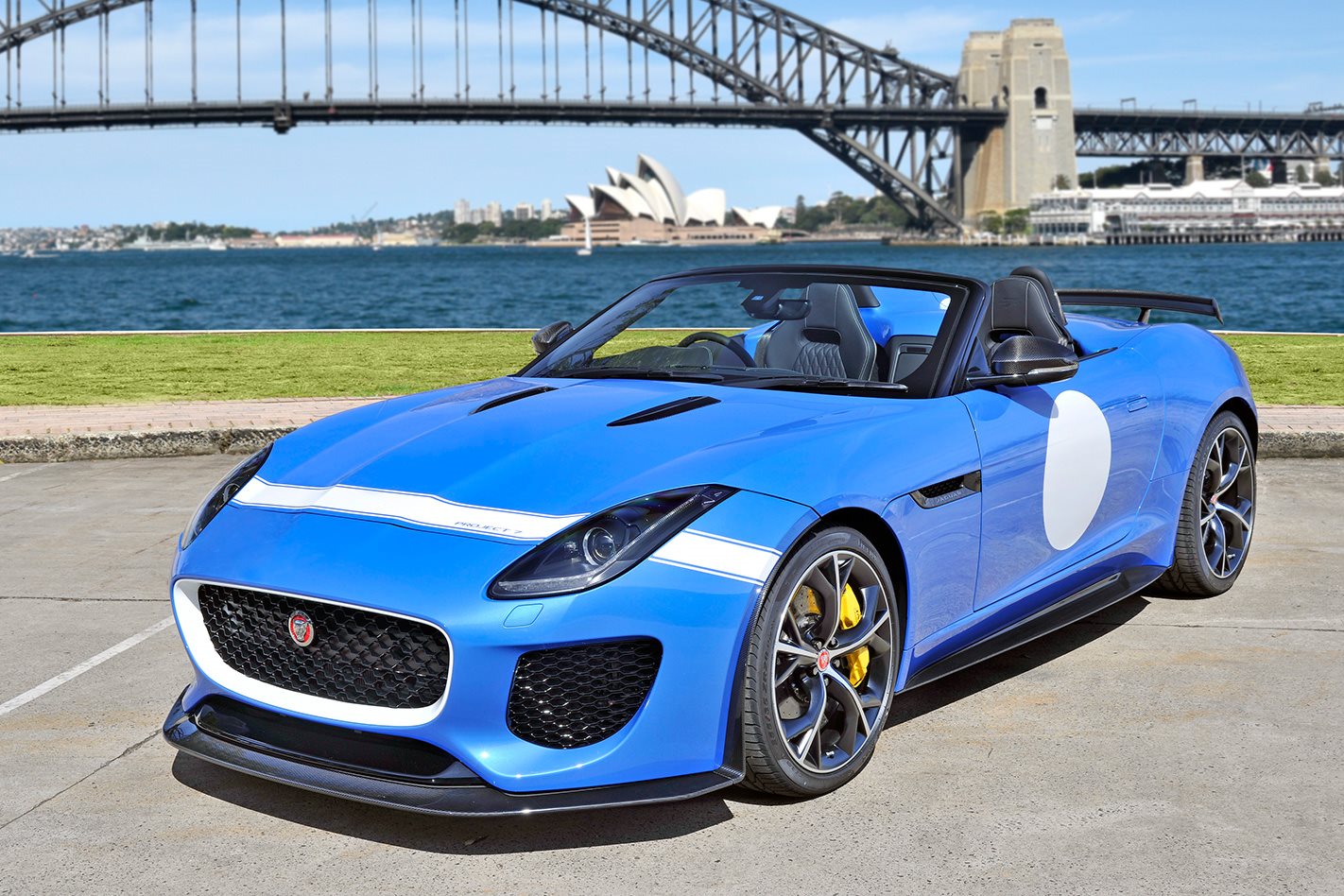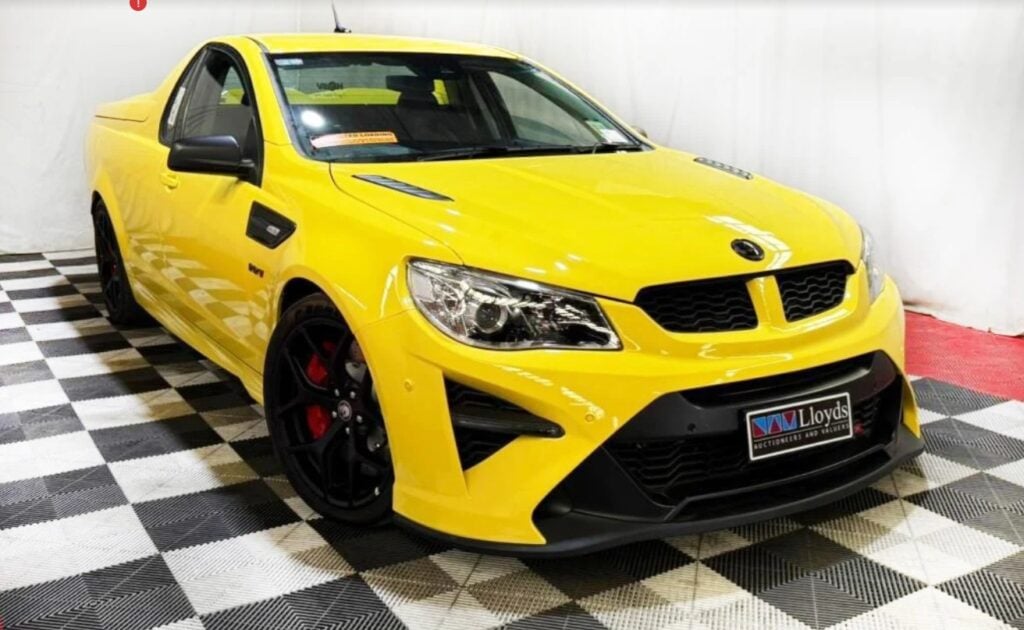IT’S the fastest, most powerful and most track-focused production Jaguar ever, but the 10 F-Type Project 7s that have just landed in Australia are unlikely to ever undergo punishment on a race track.
According to Jaguar Australia, some of the Project 7s will spend most of their time in a garage, with owners keen to keep them straight and original – possibly even appreciating in value.
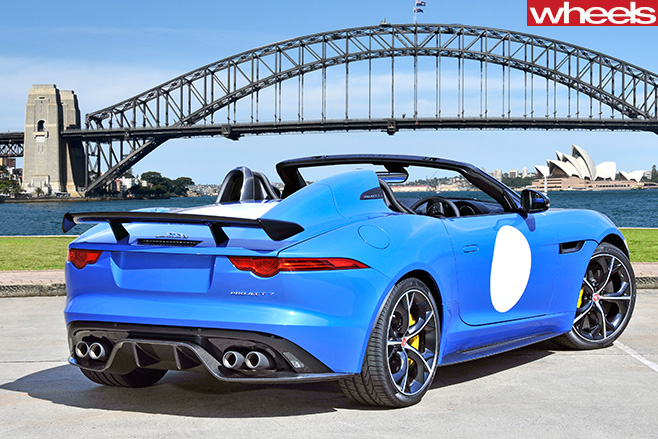
Just 250 of the show car-like Project 7s have been produced globally, with 10 air freighted to Australia so owners could enjoy an exclusive Justin Hemmes-hosted launch dinner at his house in Vaucluse this week.
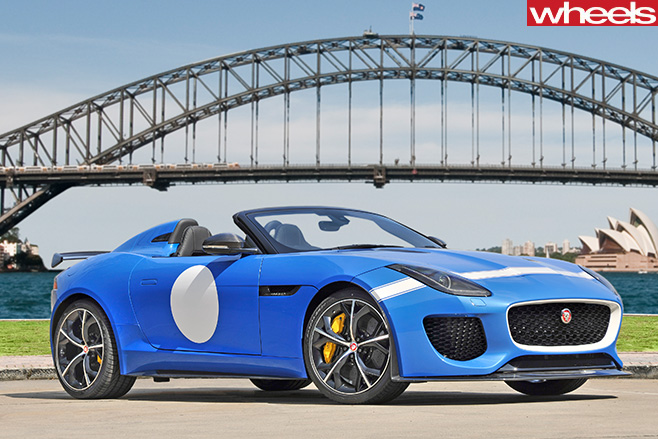
The Project 7 is based on a Jaguar F-Type Convertible R, complete with a worked version of the 5.0-litre supercharged V8.
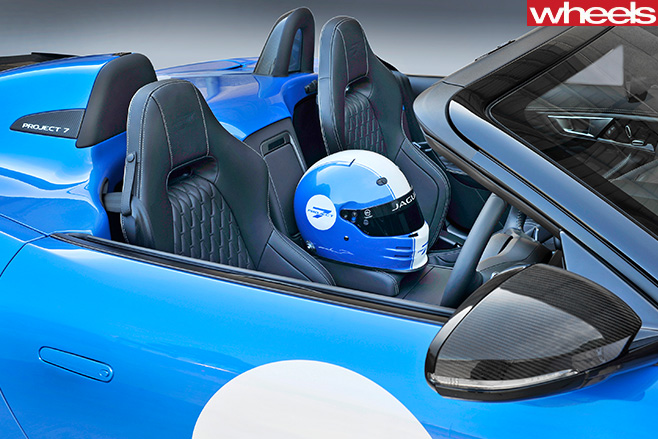
All are mated to an eight-speed auto driving the rear wheels.
Acceleration to 100km/h is a claimed 3.9 seconds, the fastest of any Jaguar road car; that figure is 0.3 seconds quicker than the Convertible R and 0.2 seconds quicker than the all-wheel-drive version of the same car.
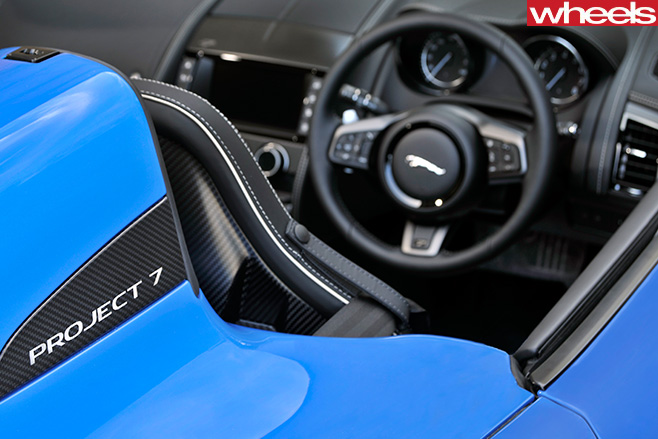
The cut-down windscreen is part of a detailed aerodynamics package that includes a carbon fibre splitter, diffuser and sideskirts. The Project 7 is claimed to have 177 percent more downforce at its electronically limited 300km/h top speed.
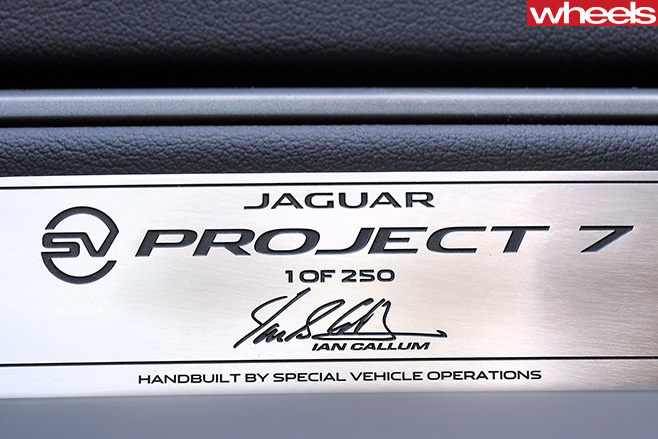
Each car also comes with a plaque bearing the name of design boss Ian Callum.
While the Project 7 is tiny volumes – its limited production run makes it one of the most exclusive cars on the road – it’s more about positioning the brand as aspirational and cementing its design and engineering cred.
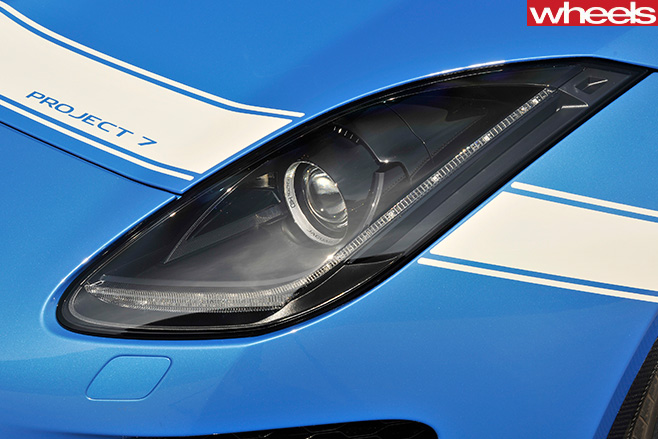
“It’s not just those [Jaguar enthusiasts] that have been welded on forever. If this brand’s going to do what we want to do we can’t survive on that, we’ve got to bring a lot of new and interesting people into the brand.”
With the upcoming expansion of the AMG-fighting SVR sub-brand, Wiesner says the Project 7 was an important learning experience and one that proved there was demand for such cars.

“At that end of the market and higher … there is plenty of desire … there’s plenty of opportunity in that $350k and higher where we see opportunities for both Range Rover and Jaguar products.”

